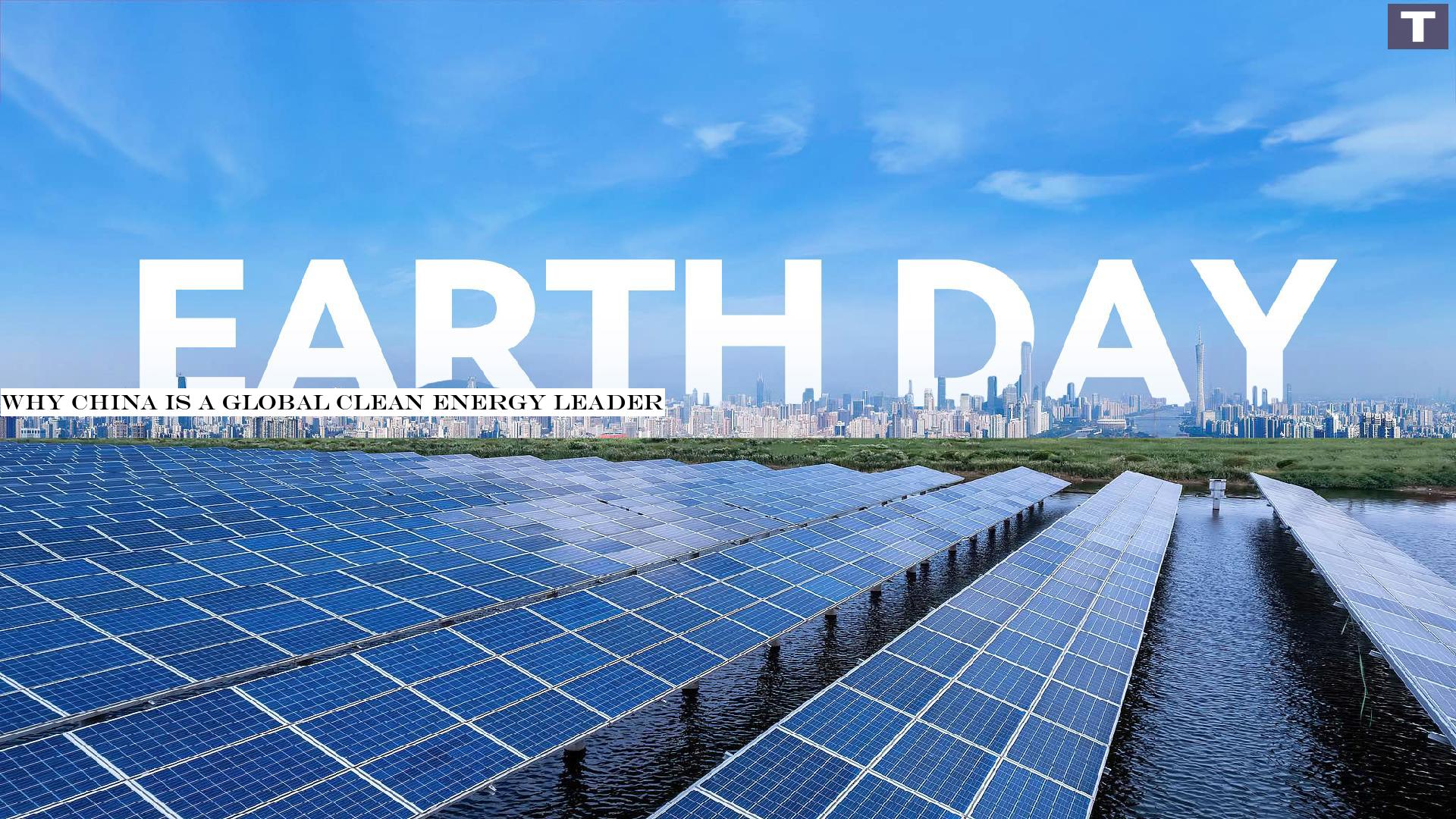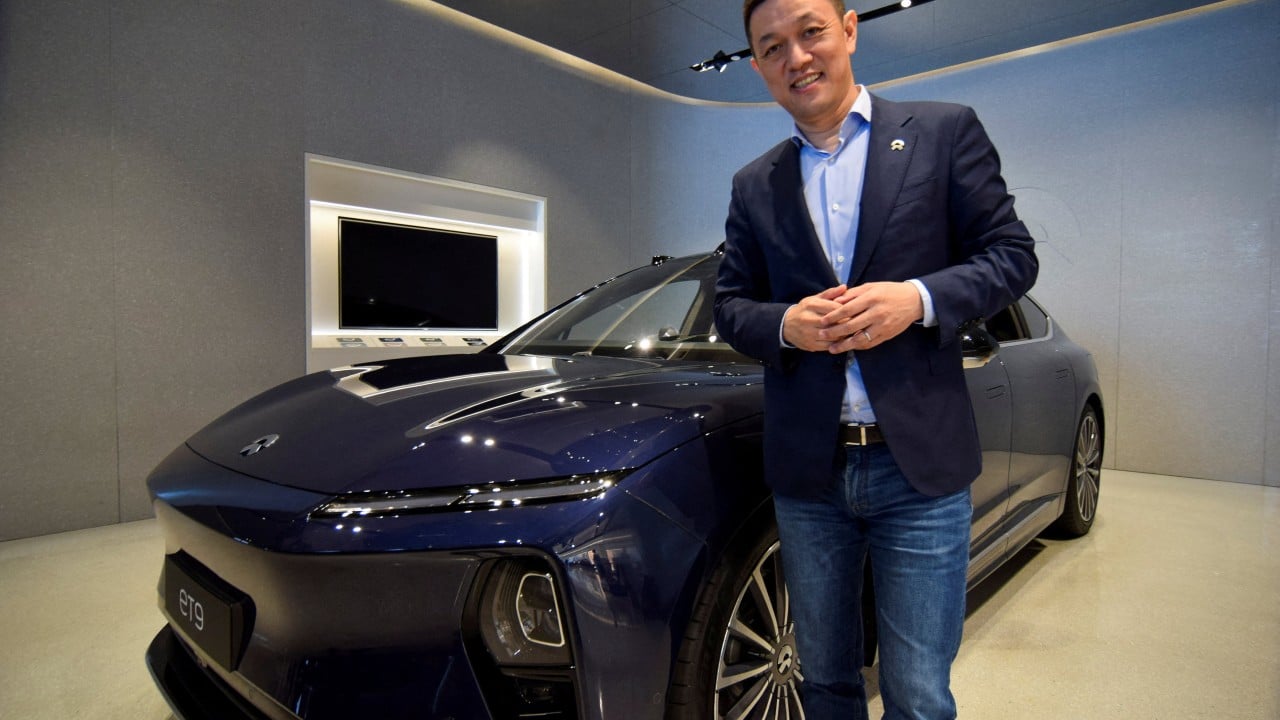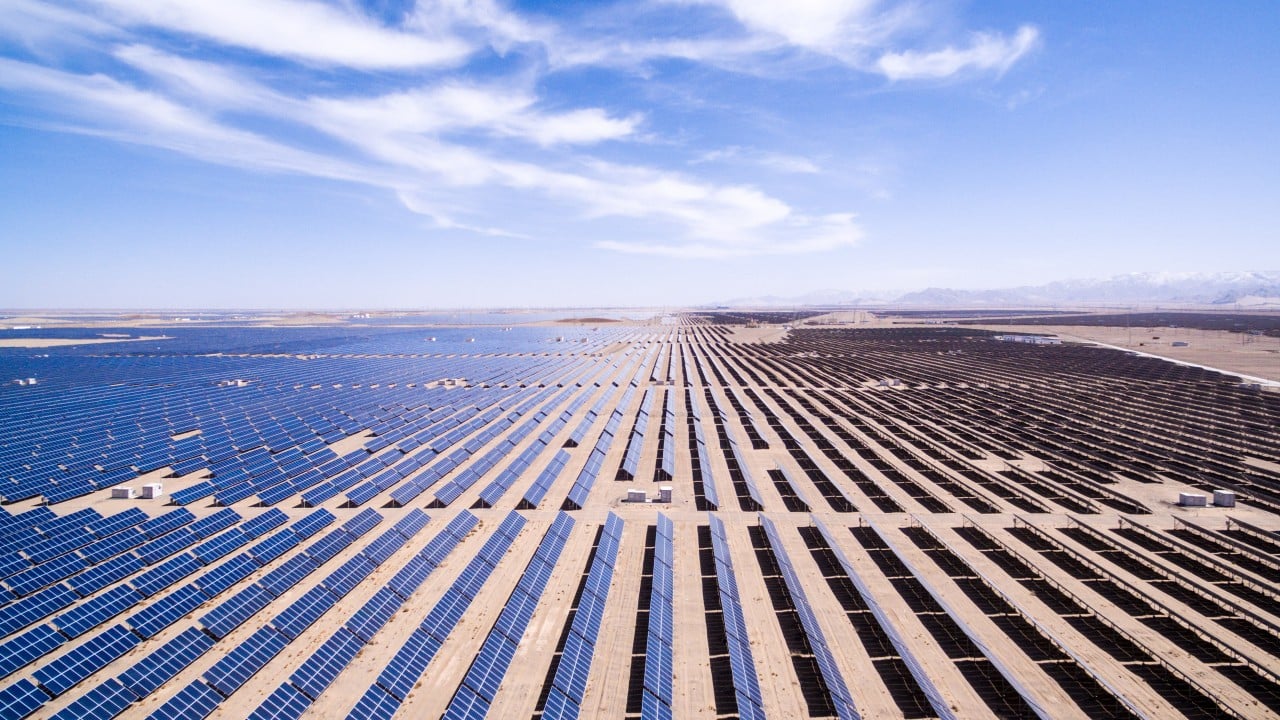
The world marks the 55th anniversary of Earth Day, officially designated by the United Nations as International Mother Earth Day, on April 22, 2025.
This year's theme, "Our Power, Our Planet," highlights the urgent need to transform global energy systems to address climate change.As the world's largest developing country and a leader in renewable energy, China has made major strides in reducing carbon emissions through clean power development.By the end of 2024, China's installed capacity of solar power reached approximately 890 gigawatts, and wind power reached 520 gigawatts, according to data from the National Energy Administration.These figures mean China has achieved its 2030 target having a combined 1,200 GW of solar and wind power six years ahead of schedule.Compared to fossil fuels, clean energy such as solar and wind offers clear advantages: they are abundant, non-polluting and help reduce reliance on imported energy.In China, both energy types now show high utilization rates, with figures above 95 percent in most regions, ensuring efficiency alongside scale.As part of China's west-to-east power transmission project, east China's Jiangsu Province has leveraged ultra-high voltage (UHV) and extra-high voltage (EHV) technologies to import clean energy from major hydropower stations such as the Three Gorges, Jinping and Baihetan.
To date, more than 700 billion kWh of clean hydropower have been transmitted to Jiangsu.
This initiative has significantly alleviated power supply pressures and accelerated the province's green energy transition.Based on calculations, this effort has reduced carbon dioxide emissions by over 600 million tonnes, equivalent to taking approximately 170 million gasoline-powered cars off the road for a year.
At the lowest carbon price in China's national carbon market in 2024, the ecological value of these emission reductions exceeds 41.4 billion yuan (about $5.7 billion).China's contribution extends beyond its borders.
In August 2024, China Energy Engineering Group signed a $972 million deal with Saudi partners to build a 2 GW solar power plant.The project is part of Saudi Arabia's green energy transition and involves joint efforts with the country's sovereign wealth fund, PIF and ACWA Power.
Construction is expected to be completed within 31 months.China and Denmark have also deepened cooperation in energy and climate.
In 2023, the two countries launched a new joint work plan, prioritizing climate action and energy transition as central pillars of bilateral relations.At the 2024 Forum on China-Africa Cooperation Summit, China announced plans to implement 30 clean energy projects across Africa to support the continent's green development.Additionally, China committed to providing 360 billion yuan (approximately $50 billion) in financial support to African countries over the next three years.These actions demonstrate China's commitment to ecological civilization and international climate goals.
As the global community pushes for greener, more sustainable development, China's clean energy efforts stand as both a domestic success and a contribution to the global good.Earth Day 2024: Help the planet fight plastics(With input from agencies)(Cover: VCG)

 6
6

















